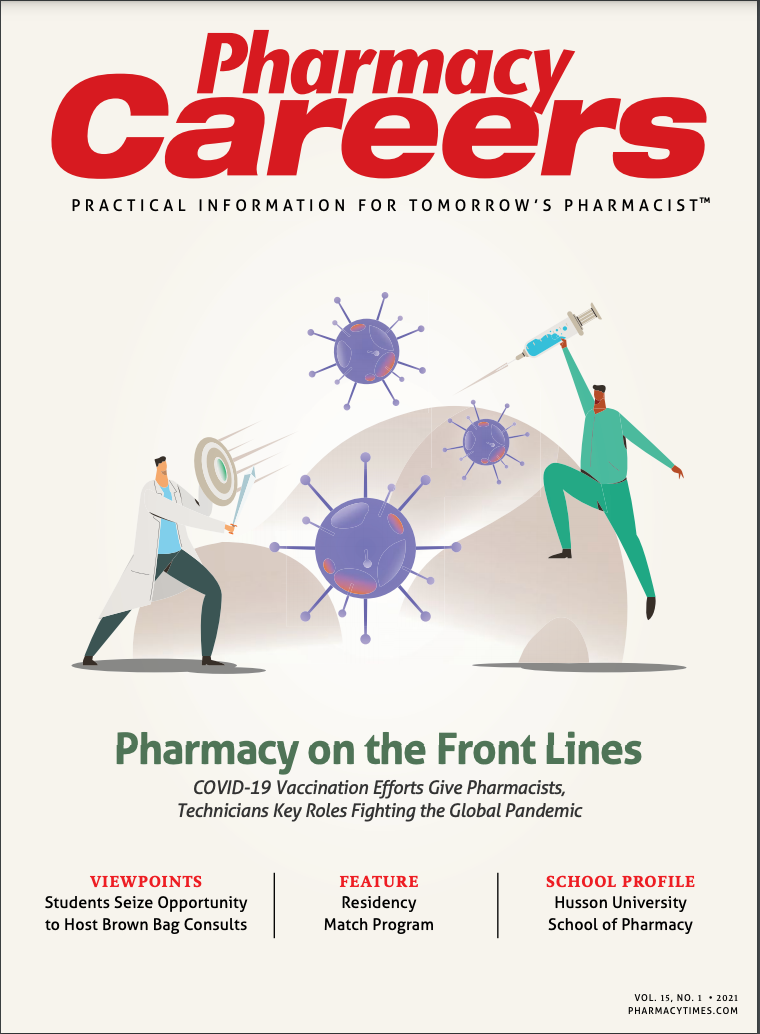Publication
Article
Pharmacy Careers
Paths Less Traveled: Writing a Successful Pharmacy CE Activity
Author(s):
Remember the words of Nelson Mandela: "It always seems impossible until it's done."
During the summer after my second year of pharmacy school, I had the unique opportunity to create a veterinary pharmacy continuing education (CE) activity. Before this, my only veterinary pharmacy exposure was a short class lecture about niche pharmacist roles.
When I saw an email from my professor about writing a CE piece about cats and dogs, I was thrilled and knew I had to do it. Learning about people and pharmaceutical care is important, but when a chance to do something different fell at my feet, I just took a leap of faith.
I worked alongside 3 other motivated student pharmacists from the University of Connecticut School of Pharmacy: Heather Honor, Raquel Mateus, and Mia Sgamboti. I'm a cat person (who likes dogs too) and decided to focus my search on feline pharmacy safety. My partner and I made the "purrr-fect" duo and dove into our work, and our canine pals divided and conquered the world of man's best friend.
Our love for animals made the individual work a breeze, but the group effort was a bit more challenging. Our writing styles varied, but our goal was to write a piece that sounded like it was written by 1 person. Ultimately, we learned that writing with "1 voice" means writing with "1 approach."
Six rules made this team work well.
1. Set Ground Rules and Make a Checklist. Before starting anything, we had to know who would work on which animal. Once topics were determined, we made a checklist, adding to it as needed. Given our busy and sometimes unpredictable summer schedules, we chose to pick subsections as we went and emailed the group about our selections.
Sometimes a group may find it easier to have everything preassigned. The choice is up to you.
2. Use Active Voice. Using active voice means having the subject perform an action. When a writer uses passive voice, the subject is not always clear, which may cause the reader to make inaccurate assumptions.
Authors can use passive voice when they believe the person or thing acted on is more important than the subject. In our case, we determined using active voice was best.
3. Read Each Other's Work. After finishing a section, we would send our drafts to each other. This allowed us to learn about personal findings, prevent redundancy, and familiarize ourselves with each other's writing styles.
4. Know the Audience. The CE piece's audience included pharmacists and pharmacy technicians. As we wrote about our discoveries, 1 question helped guide what information to include or exclude: What should our audience know or woudl they want to know?
5. Use a Fresh Pair of Eyes. Have you ever read what you've written and misread it? It's probably because you read it the way you think you've written it. A fresh pair of eyes will help find your mistakes, and sometimes it even takes more than 1 pair. Throughout the project, our supervising professor, Jeannette Wick, was also our editor. She gave us feedback on content, grammar, and wordiness.
6. Do Not Fluff Your Stuff. Everyone working in the science field wants the facts, including pharmacists. A repetitive article that contains unimportant filler information dulls the reader's mind to what's important. When you write, think to yourself, "What would I want to read?" Be concise.
We finished the CE piece after many hours of research, writing, and editing. We gained and spread knowledge on how to keep cats and dogs safer, learned from each other's mistakes, excelled as a team, and grew as individual writers.
My advice is this: Don't be afraid to take a chance and try something new. And remember the words of Nelson Mandela: "It always seems impossible until it's done."
About the Author
Justyna Sudyka is a PharmD candidate at the University of Connecticut in Storrs.

Newsletter
Stay informed on drug updates, treatment guidelines, and pharmacy practice trends—subscribe to Pharmacy Times for weekly clinical insights.





